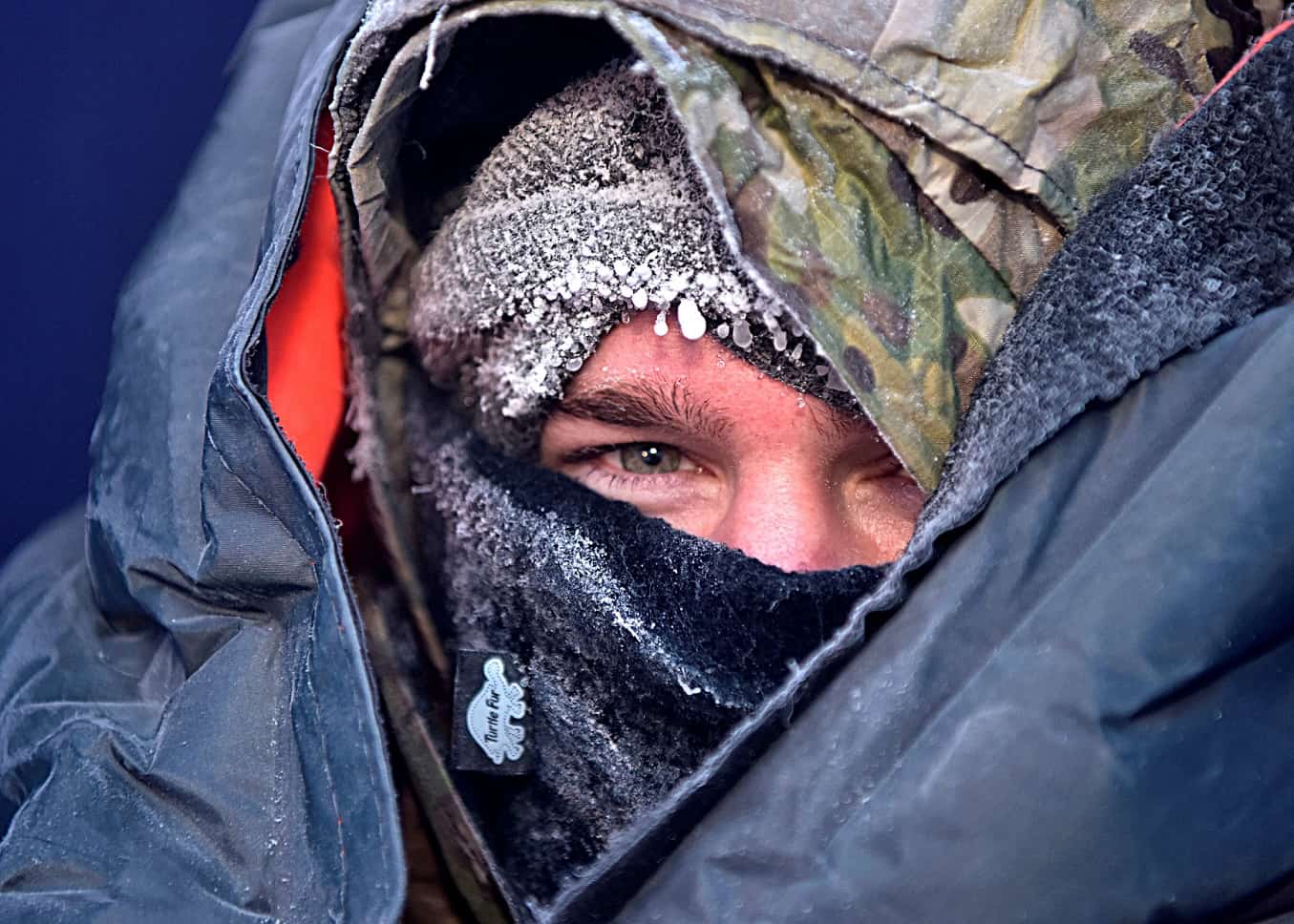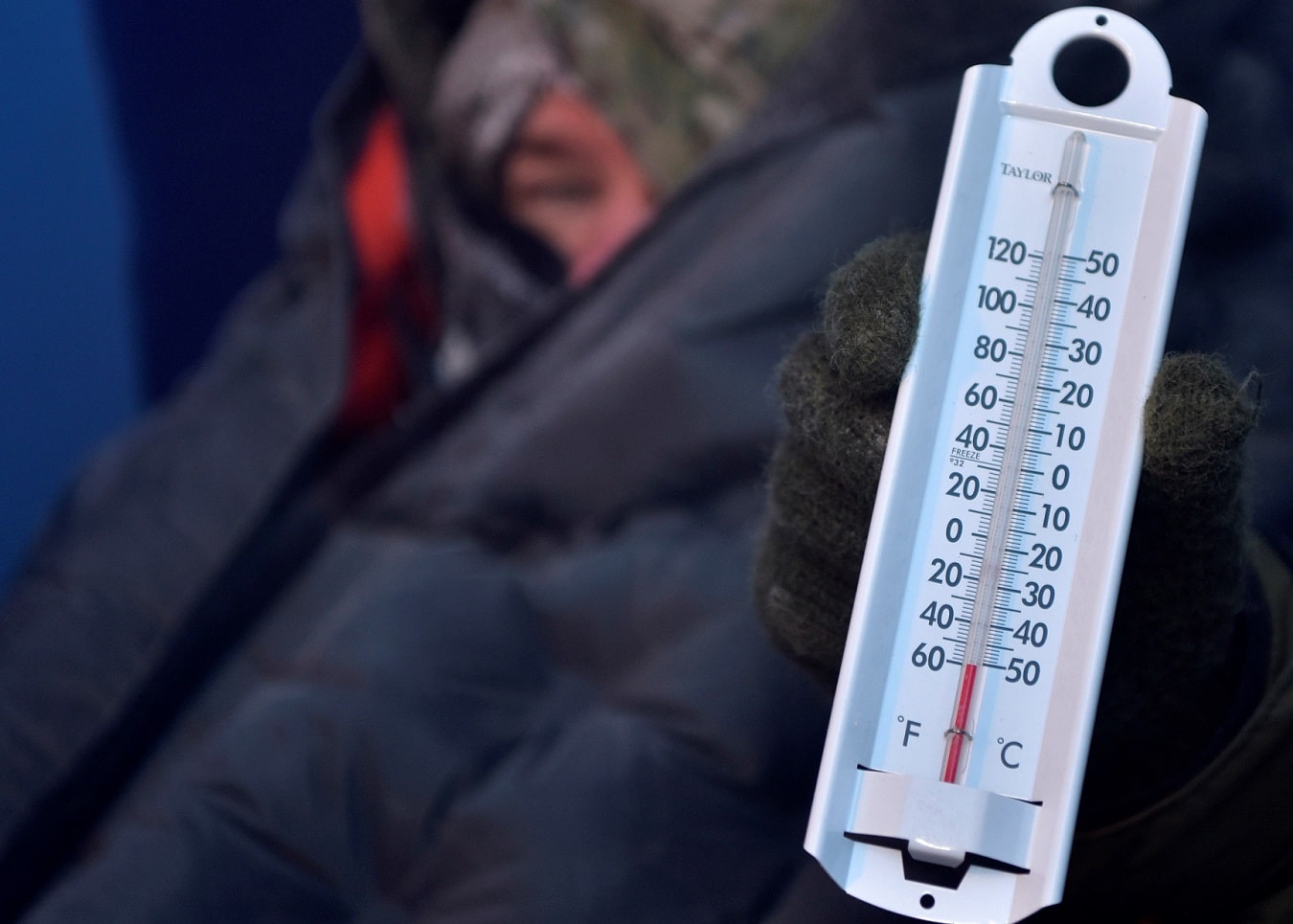U.S. Air Force prepares F-35’s Airmen for Arctic operations
The U.S. Air Force prepares trained personnel and equipment to respond to contingencies and emergencies in the Arctic, according to a recent service news release.
In preparation for the arrival of the Department of Defense’s newest fifth-generation fighter, Airmen assigned to the 354th Fighter Wing tested a new arctic survival kit for the F-35A Lightning II in downtown Fairbanks, Alaska.
In April 2016, the Air Force made an announcement that changed Eielson AFB history. After a lengthy analysis of the installation’s operations, environmental factors and cost, the Secretary of the Air Force selected Eielson AFB to be the first operational U.S. Air Force location outside the contiguous United States to receive the F-35A Lightning II.
There is no question the F-35, which already completed developmental testing in sub-zero temperatures, will be coming to Alaska in 2020. Currently, Air Force needed to have trained personnel and special equipment for work in an extremely cold-weather environment.
A team of Airmen from the 356th Fighter Squadron, F-35 Program Integration Office, 354th Operation Support Squadron Aircrew Flight Equipment and 66th Training Squadron, Detachment 1, used a subzero chamber to replicate the extreme temperatures of interior Alaska.
The test was performed because the current arctic survival kit won’t fit in the allotted space under the seat of an F-35A. The 354th FW is expecting to receive its first F-35A in April of 2019.
“We are testing the kit that Tech. Sgt. John Williams, Tech. Sgt. Benjamin Ferguson and myself have developed over the last year in preparation for the integration of the F-35,” said Tech. Sgt. Garrett Wright, 66th TRS, Det. 1 Arctic Survival School noncommissioned officer in charge of operations.
Four members of the team, to include Lt. Col. James Christensen, commander of the reactivated 356th Fighter Squadron, stepped into two separate chambers, one at minus 20 and the other at minus 40, wearing standard cold-weather gear issued to pilots. Once inside the chambers, the test observers timed how long it took them to don the specialized winter gear from their survival kit.
After the gear was on, the Icemen lived up to their name and stayed in the chamber for six hours. Wright recorded their condition every 30 minutes to ensure the safety and accuracy of the test.
Approximately five hours into the test, Wright noticed the temperature on the digital thermometer didn’t seem accurate in one of the chambers. He found a mercury-based thermometer and discovered the temperature one of the chambers was at minus 65 and the other was minus 51.
“After realizing that the ambient room temperature was at minus 65 at the five-hour mark, I knew that we had accomplished far more than we originally set out to,” Wright said. “Wing leaders wanted a product that would keep pilots alive at minus 40 and although unplanned, the findings were clear that the sleep system could far surpass this goal.”
After six cold hours, the Icemen stepped out of the subzero chamber and spoke with the survival, evasion, reconnaissance, and escape specialists and the AFE team to address discrepancies and better ways to utilize the equipment.
“The gear was great. There were a couple of minor tweaks that I think we could make to it to improve it but overall it was solid,” said Staff Sgt. Zachary Rumke, 66th TS, Det. 1, Artic Survival School instructor.
After the debrief, the four Icemen agreed the equipment is more than capable of withstanding the harsh temperatures of the Alaskan landscape and said they would feel safe knowing they had this gear to help them survive in one of the world’s most extreme environments.


Read More


No comments